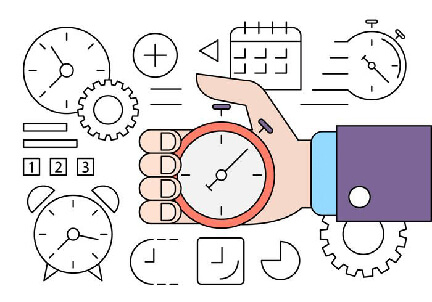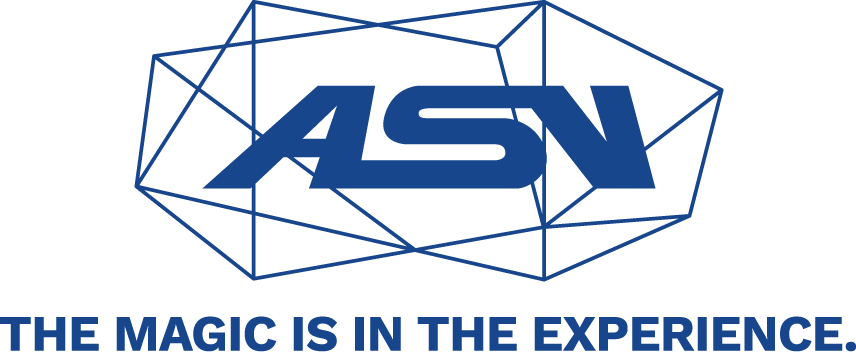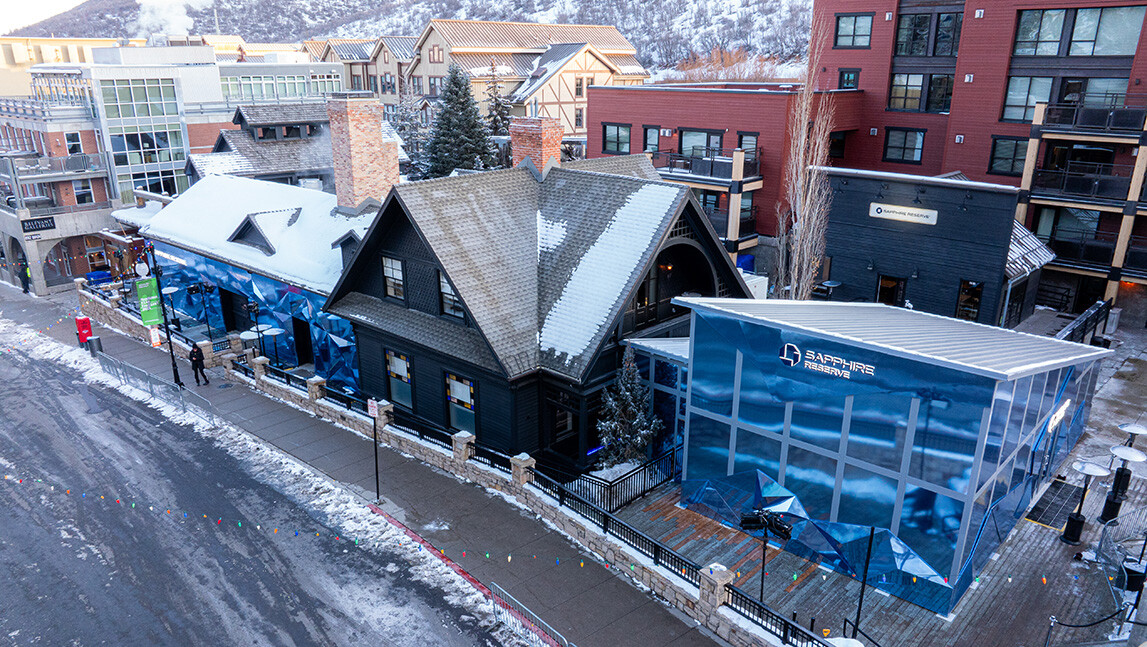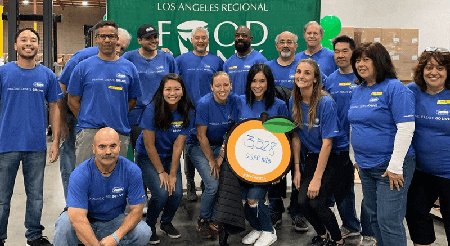When an experiential campaign soars, few people remember the logistics. Attendees focus on the event’s buzz, the overall atmosphere, and how the experience made them feel. They remember the vivid scenery and the engagement components.
Many marketers overlook the coordination necessary to pull such an experience together. Logistics — i.e., scheduling, staffing, and venue management — are the gears that help an activation come together. Clients aren’t likely to focus on them, but they play an important role in bringing programs to life.

Unlike the elaborate display, the set of modern furniture, or the iconic new logo, marketing teams cannot completely control logistics with the client’s direction. But just like any other success metric, you must track, evaluate, and celebrate logistics if you want to create a program that truly captivates visitors.
Here are three commonly overlooked logistical elements key to any experiential campaign’s success (and how to bring them into focus):
1. Scheduling: Your timeline is your foundation.
Timing is crucial to pulling off any experience. In the throes of an event, a single lost minute can threaten success. The same is true during the development phase.
It’s also important to consider how scheduling affects a campaign’s rollout further down the line. Give inadequate development time, and you jeopardize the finished product. It’s important to allocate enough time for the transportation of materials, freight shipments, and the assembly of set pieces.
To give your event the best possible chance of going off without a hitch, schedule plenty of time for the developmental stages of planning and production. It might help to work backward, starting from the event itself and then walking back to ideation to realize the big picture of your project.
2. Location: Venue can make or break a campaign.
The choice of a venue is as important to the overall event experience as the design elements. A poorly chosen locale can leave visitors disappointed, lost, and even downright angry.
Start with the basics. Will you need an indoor or an outdoor venue? If you’re indoors, how will the specifications of the space alter your setup? If you’re outdoors, how might weather affect your contingency plan?
From this starting point, examine each element of your venue and whether it fulfills the needs of your event. Make sure the entrances and exits are wide enough to accommodate any display elements you plan to install. Ensure that the electricity and HVAC capacities of the space will last the entirety of your experience. Considering these venue logistics ahead of time prepares your event for any unforeseen issues that could arise.
3. Staffing: Event flow depends on human power.
When imagining the perfect flow for your event, humans are integral. Staff members are the anchors of any event, helping visitors navigate and get the most out of the layout you’ve created.
When developing a space, you want the layout to encourage guest engagement and participation. You can do this by training staff members to interact with attendees in a way that enhances their experiences rather than hinders them.
An event flow of the space, including staff placement, should allow lines to form without blocking other elements. Empty space is crucial for unclogging bottlenecks and allowing guests to hang around for a longer time while engaging with the brand.
It might not seem as eye-catching as your 10-foot graphic display or as elegant as your flower arrangements, but logistics is the MVP of any experiential campaign. Give logistics the time and consideration it deserves, and your experience will rise to a whole new level of engagement.







